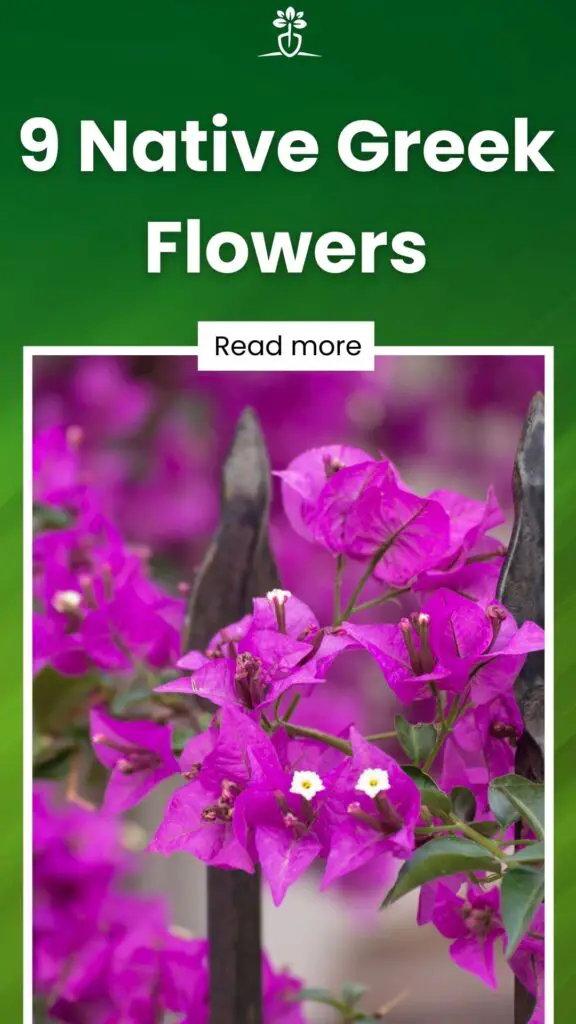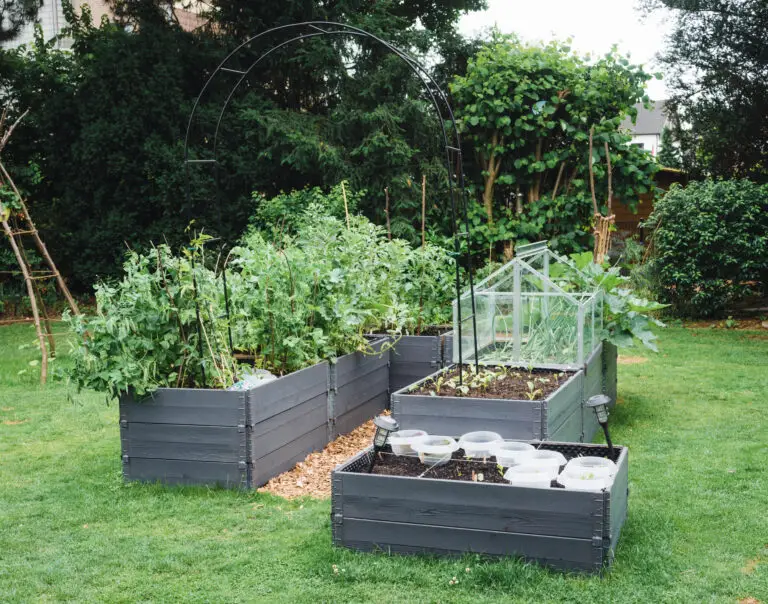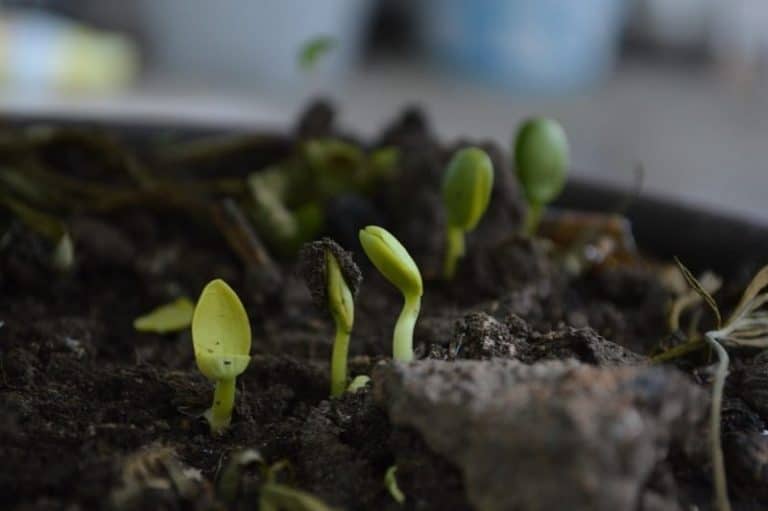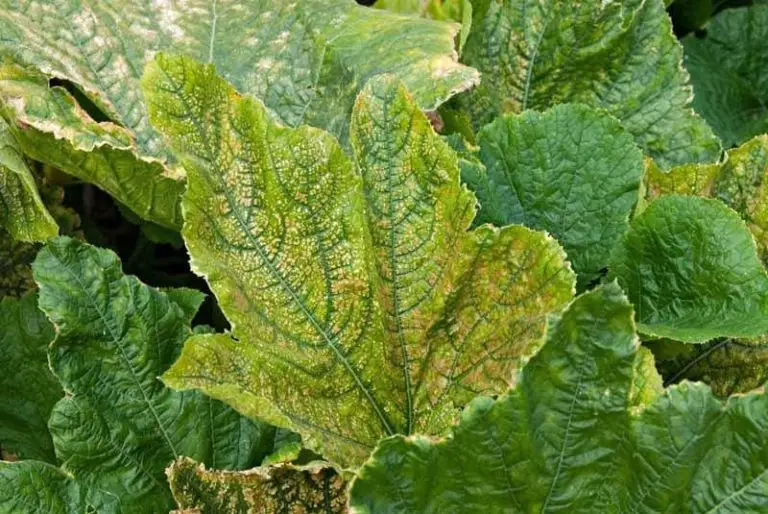9 Native Greek Flowers
Greece is carpeted in life. When we think of Greece, we think of vast sapphire seas and mountains of green; of goats roaming free along flower-lined roads.
The country is bursting with color, and part of its vibrancy comes from the hundreds of flower species that are scattered all over it.

From its mainland to its islands, Greek terrain is covered with stunning flowers of all shapes and colors; even its motorways are divided by well-kept hedges and blossoms!
Flowers have a huge significance in Greek culture, particularly stemming from Greek mythology, in which flowers represent beauty and pleasure, as well as the fragility of life.
If you would like to explore some of Greece’s most beautiful blossoms, take a look below at nine of the country’s most beautiful native flowers.
Contents
1. Anemones

Anemone loosely translates to ‘windflower’, and this flower is one of the most vibrant you will find. They come in deep shades of magenta, saturated indigo, bright purple, light blue, and red.
Delicate petals spread from a chunky center, in rows that collaborate to give the flowerhead an overall rounded shape.
All types of these flowers begin to grow around three weeks after they have been planted, and the vibrant flowers remain in bloom for as long as ten weeks. Red anemones are particularly significant in Greek mythology.
It is said that when the Goddess of love, Venus’s lover died, red anemones started to grow. Indeed, her lover, Adonis, was attacked by a boar; when his droplets of blood touched the earth beneath him, red anemones bloomed.
Many people believe that this was how red anemones came into existence.
Thanks to their Greek heritage, these flowers survive and flourish in high temperatures, and are fairly resilient.
If you are planning on growing them yourself in a colder climate, though, make sure to cover them with a frost cloth to protect them in the colder months.
2. Iris

In Greek mythology, Iris is the Greek goddess of the rainbow, and of all its colors. It is no surprise, then, that her namesake flower is exquisitely vibrant, and that it comes in an array of colors.
This beautiful color grows in shades of purple, indigo, pink, red, and yellow; our personal favorite is the purple iris.
The shape of the iris flower is unique; a layer of large petals droops from the center of the flowerhead, where some smaller petals stand firmly upright. Each petal is patterned with dark veins, which highlight their delicate nature.
Part of the Iridaceae plant family, the Iris flower consists of around one hundred different varieties, as if they reflect all the colors of the world that the Greek goddess ruled over.
This flower is extremely versatile, and can be grown in dozens of different location types, ranging from moist soil near sources, to dry rockeries.
Most species of iris bloom in summer, but there are a few types that begin to blossom in spring. So, if you are planning on planting your own iris flower, you should plant it anytime from late spring to early autumn.
Although they are native to Greece, Irises also have a long-standing connection with English and French royalty; it is one of the flowers that inspired the Fleur-de-Lis symbol.
3. Lilies

Lilies are native to many parts of the Northern Hemisphere, including Greece. These are tall perennial flowers that can grow as tall as six feet, and one of their most defining attributes is their gorgeous scent.
These fragrant flowers are large, and they tend to have one row of oblong petals that fold outwards and down as they grow.
Lilies come in a range of colors, including shades of pink, red, yellow, orange and white. The stamens at the center of these flowers are extremely prominent, but their residue leaves stains and can be poisonous to some animals.
Because of this, lots of people opt to remove lily stamens, particularly if the flower is being kept inside.
If you want to grow your own lilies, you should plant them between autumn and late spring. When choosing your bulbs, try to find ones that are large and fairly firm.
Or, if you buy a pre-potted lily, make sure that there are around 5 inches of soil above the buried bulb. However you plan on growing these flowers, make sure that they are in a place that receives lots of sunlight – lilies are always healthiest when they are soaking up the sun.
4. Hellebores

This elegant white flower grows primarily in the winter months, which is partly why it has been coined the ‘Christmas Rose’. It is not at all related to a rose, but certainly shares the flower’s beauty. In fact, hellebores are part of the buttercup family, which is reflected in their cupped shape.
The Christmas Rose grows in lots of different colors, making it perfect for making winter floral arrangements. Choose between bright white, light pink, purple, and shades of green.
Whatever the color of the petals, the flowerheads of hellebores grow above thick groups of bright green leaves, and grow up to 18 inches tall.
One species of hellebore, called Helleborus Argutifolius, is one of a few species of the flowering plant that can grow to a whopping 3 feet in height!
When you plant these flowers, use moist, fertile soil to get the best out of them. Hellebores are pretty resilient, and can do well in a variety of climates, but they thrive most in partial shade.
5. Gladiolus

This next flower is named after the Greek word for ‘sword’, presumably because of its elongated shape and pointed leaves.
Although that may make it sound like a rather intimidating flower, the gladiolus is actually very pretty and elegant.
Large flower heads grow in long bunches in a variety of bright colors, including pinks, purples, reds, white, yellows, and even multiple colors in one! This flowering plant grows tall and proud, reaching a height of up to 5 feet!
The flowers bloom primarily in summer, so should be planted during the spring.
If you want a continuous display of gladioli, plant a round of corms every other week after your first batch, so that you will get bloom after bloom in summer and early fall.
Ideally, these flowers should be planted somewhere that receives plenty of sun, as they need full sun to reach their full potential.
Try to avoid planting them in soggy soil, because they tend to do better in well-drained soil – especially soil that is fertile.
Gladioli fare well in warmer climates, so if you live somewhere where temperatures frequently reach below 28 degrees Fahrenheit, give your flowers a blanket of straw to keep them warm.
If you’re struggling to decide which variety to plant, our favorite is the Candyman variety, which boasts breathtakingly bright pink flowers.
6. Hyacinth

This flower is supposedly named after Hyacinthus, a revered Spartan prince in Greek mythology. Hyacinthus was the liver of Apollo, and was slaughtered at the hands of his jealous admirer, Zephyrus – the God of wind.
Apollo mourned the death of Hyacinthus so deeply that his tears were powerful enough to grow flowers where they landed on the ground.
These flowers were hyacinths. Hyacinths are bulbous flowers that grow in clusters in the shapes of bells. Petals can be blue, all shades of purple, pink, yellow, and pure white.
The clusters of flowers grow tall above thick waxy green leaves, on plants that can grow up to 15 inches tall.
Thanks to the Greek climate, hyacinths have evolved to do best in moderately dry conditions, and they do not like being exposed to lots of moisture.
So, when planting your hyacinths, try to do so in an area that receives lots of sunlight, and in soil that is well-draining.
Also, despite their pretty appearance, hyacinth residue can be very irritating to human skin, so make sure you are wearing gloves when handling the flowers.
7. Dianthus

Otherwise known as carnations, these popular flowers are found all over the world, and are admired for their ruffled petals and bright colors.
As with most Greek flowers, there is a Greek mythological story associated with carnations. Artemis, the goddess of hunting, proceeded to walk through the forest after a disappointing hunt.
As she wondered, she came across a man playing the flute. Because of how unsuccessful her hunt had been, she was not in a good mood, and proceeded to blame the musician for her failings.
In a fit of rage, Artemis gouged out the eyes of the innocent man. Soon after, her anger subsided and left her with deep regret and guilt.
Upon the ground where she had dropped the man’s eyes, red carnations began to grow. Supposedly, these red carnations represented the spilling of innocent blood.
As well as the historic red carnations, dianthus flowers also come in shades of purple, pink, yellow, and white – or a combination of those colors.
If you are not laden with the powerful remorse of Artemis, the easiest way for us mortals to grow dianthus flowers is to plant them in fertile soil that is well-draining.
For the best results, plant the seeds in fall or spring, in a place that receives a fair amount of sunlight.
Make sure that the flowers are at least six inches apart from one another so that each one has enough space to grow.
8. Violet

According to Greek mythology, violets were named after Apollo’s son, Iamos. Supposedly, Iamos’ mother left him lying upon a bed of violet flowers, where he was found and taken in by some shepherds.
As you may have guessed from the name, these flowers are often a purple shade, but can also grow in white, yellow, and blue colors.
Try to plant violets in moist soil that is well-fertilized, in a location that gives them a bit of shade, as well as around four hours of sun per day.
Violets benefit from regular watering, but only water yours when the top layer of soil feels dry. If they are overwatered, they can die.
Ideally, you will be located in a place where temperatures range from 20 degrees Fahrenheit to 70 degrees Fahrenheit.
If your area experiences temperatures below this parameter, your violets could suffer. If they are looked after well, their gorgeous flowers will bloom in late spring, in April or May.
Violets don’t just look pretty, but they have loads of uses, too! When grown in the right conditions, violet petals are edible, and can be used to garnish cakes and other desserts.
Other dishes that incorporate edible violet petals include salads and fancy breakfasts, and the petals can also be used to garnish cocktails!
Violet flowers also have laxative properties, so are frequently used medicinally. Who’d have thought a pretty flower could do so much?
9. Aster

Last but not least on our list of Greek native flowers is the Aster flower. The shapes of the flowerheads and their petals resemble those of a daisy, which is why the Aster is commonly referred to as Michaelmas Daisy.
However, unlike the daisy, asters do not just come in white; they also come in shades of blue, red, pink, and purple!
The shape of the aster flower does not only resemble a daisy, but also a star, which is why it has been named after the star, Aster.
There are plenty of varieties of aster flowers, some of which can grow up to eight feet tall! Asters are really versatile and can be grown in a number of settings.
For example, they make great pathway borders, but can also grow among rocks.
Because these flowers enjoy cool climates, try to plant them in an area that has plenty of shade, to protect them from the sun’s harsh rays. The soil you use should be well-drained but with enough moisture to keep its roots happy.
Final Thoughts
Greece is covered in beautiful plants and flowers, and the ones on this list account for just a fraction of them. Each flower is unique, but what all of them have in common is their natural beauty and insanely vibrant colors.
If you are up to the challenge, most of these flowers can be grown in your back garden! So, if you are looking to add a splash of color to yours, why not go for one of these amazing Greek native flowers?





